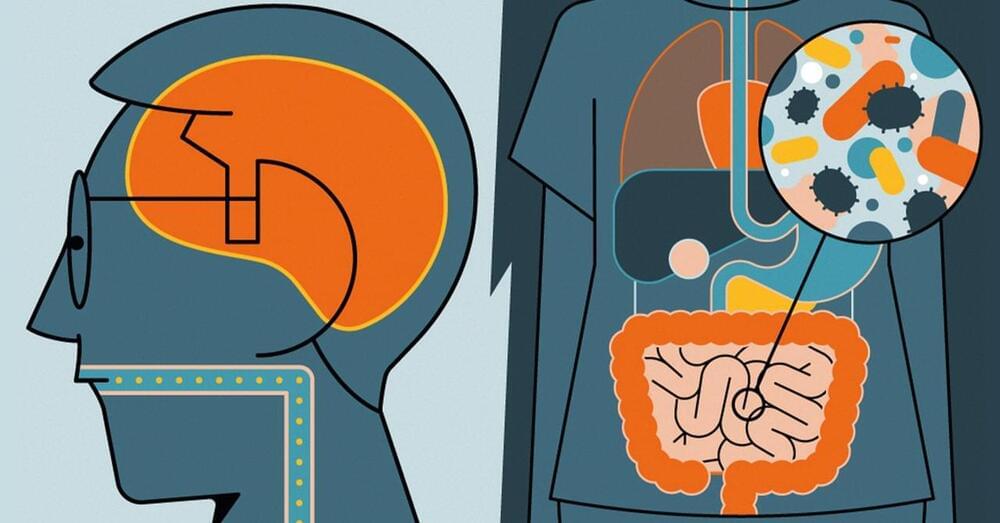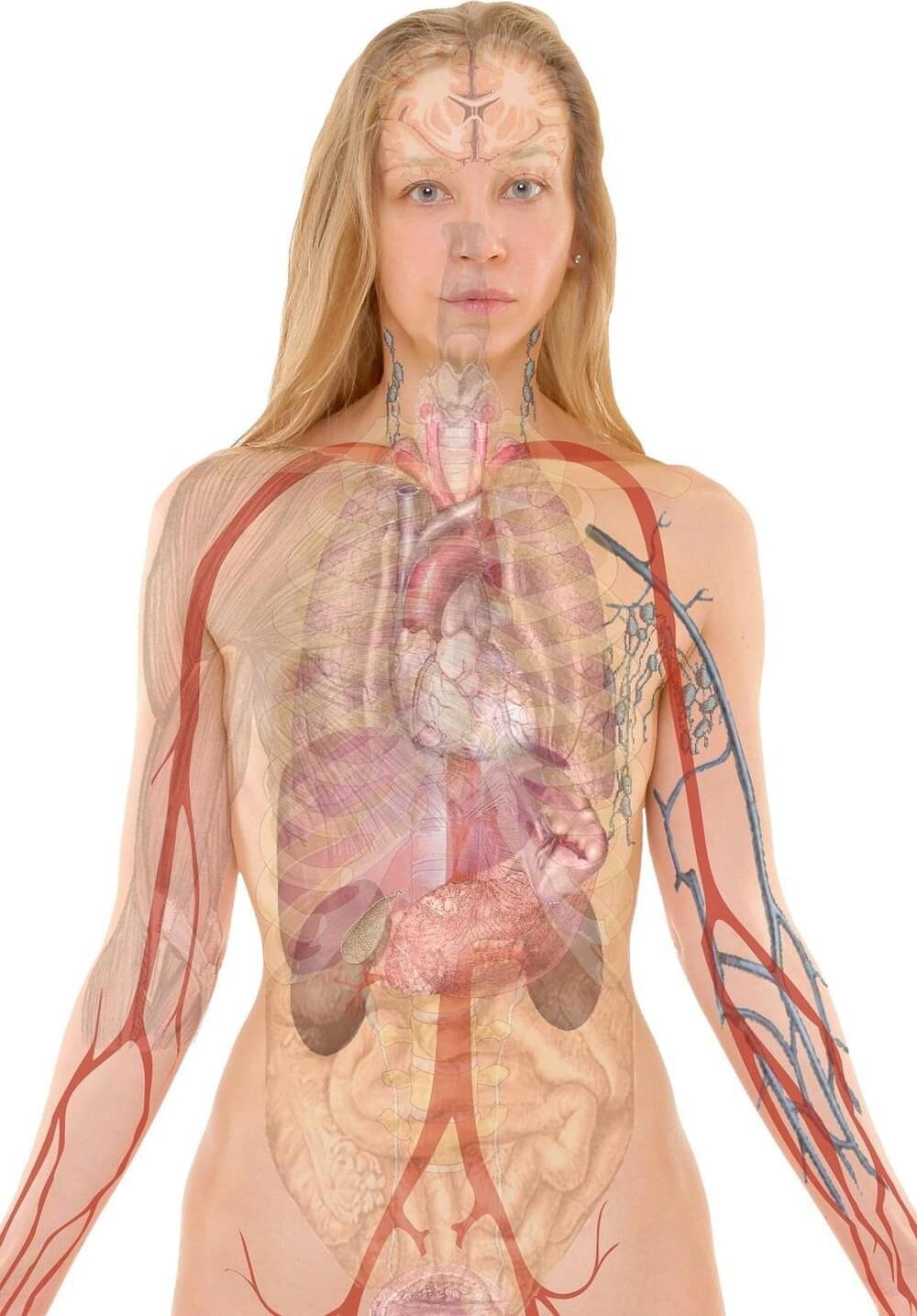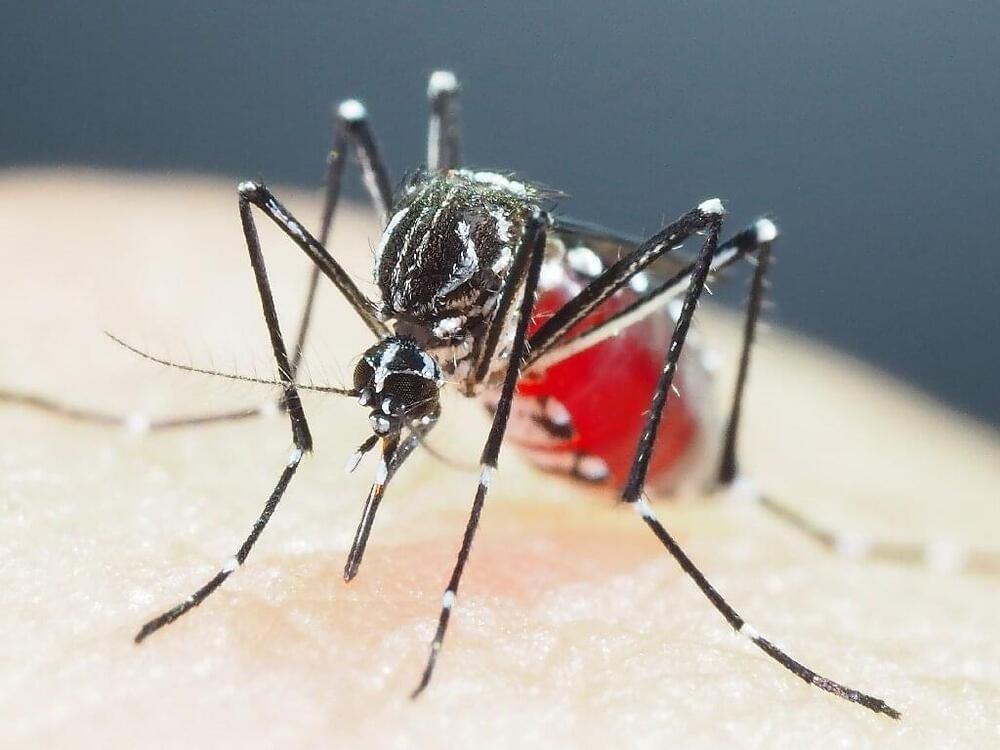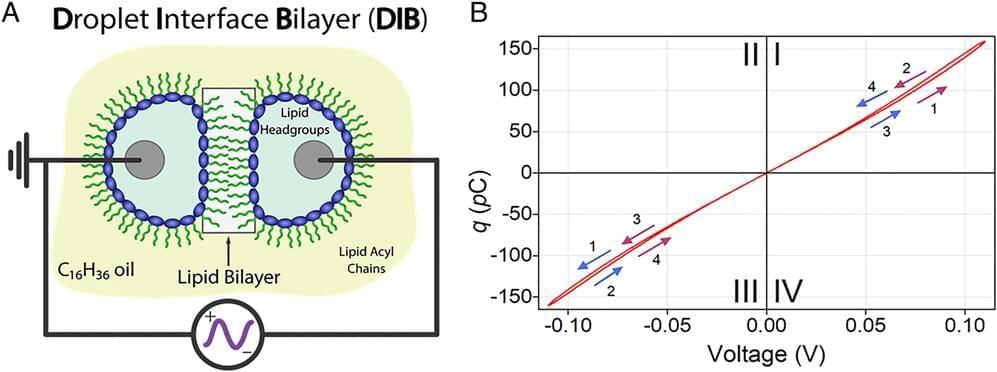Targeted manipulation of bacteria could boost immunity and help sufferers of chronic diseases and allergies.


Leading The Global Fight Against Antimicrobial Resistance (AMR) — Dr. Haileyesus Getahun, MD, MPH, Ph.D., Director of AMR Global Coordination, World Health Organization (WHO)
Dr. Haileyesus Getahun, MD, MPH, Ph.D. is Director of AMR (Antimicrobial Resistance) Global Coordination at the World Health Organization (WHO) and the Quadripartite (FAO/UNEP/WHO/WOAH) Joint Secretariat on Antimicrobial Resistance. (https://www.who.int/about/people/biography/dr-haileyesus-getahun)
Antimicrobial resistance (AMR) threatens the effective prevention and treatment of an ever-increasing range of infections caused by bacteria, parasites, viruses and fungi. AMR occurs when bacteria, viruses, fungi and parasites change over time and no longer respond to medicines making infections harder to treat and increasing the risk of disease spread, severe illness and death. As a result, the medicines become ineffective and infections persist in the body, increasing the risk of spread to others. Over 1.27 million deaths worldwide were attributed to AMR infections in 2019. Antimicrobials — including antibiotics, antivirals, antifungals and antiparasitics — are medicines used to prevent and treat infections in humans, animals and plants. Microorganisms that develop antimicrobial resistance are sometimes referred to as “superbugs”.
Dr. Getahun coordinates the global One Health multi-sectoral response to AMR across the human, animal, plant, food, feed and environment sectors; directs the Secretariat of the Global Leaders Group on AMR (https://www.amrleaders.org) currently co-chaired by Their Excellencies Prime Minister of Barbados and Bangladesh; facilitates the research and development agenda through priority setting and gap analysis, and provides policy and programmatic guidance to nurture and scale up evidence-based interventions to enhance antimicrobial stewardship activities, awareness and behavioral change across all sectors.
Dr. Getahun was formerly the Director of the Secretariat of the United Nations Interagency Coordination Group on Antimicrobial Resistance (IACG) which was established by the UN Secretary General and released the 2019 ground-breaking report on how to respond to the global AMR crisis. Before that he worked in the Global TB Program of WHO leading its work on TB/HIV and community care.
A “Nightly News” segment from 1993 captures the early stages of how people were using the Internet.
» Subscribe to NBC News: http://nbcnews.to/SubscribeToNBC
» Watch more NBC video: http://bit.ly/MoreNBCNews.
NBC News is a leading source of global news and information. Here you will find clips from NBC Nightly News, Meet The Press, and our original series Debunker, Flashback, Nerdwatch, and Show Me. Subscribe to our channel for news stories, technology, politics, health, entertainment, science, business, and exclusive NBC investigations.
Connect with NBC News Online!
Visit NBCNews. Com: http://nbcnews.to/ReadNBC
Find NBC News on Facebook: http://nbcnews.to/LikeNBC
Follow NBC News on Twitter: http://nbcnews.to/FollowNBC
Follow NBC News on Google+: http://nbcnews.to/PlusNBC
Follow NBC News on Instagram: http://nbcnews.to/InstaNBC
Follow NBC News on Pinterest: http://nbcnews.to/PinNBC
What The Internet Looked Like In The 1990s | Flashback | NBC News.

Scientists at the University of Cambridge have successfully trialed an artificial pancreas for use by patients living with type 2 diabetes. The device – powered by an algorithm developed at the University of Cambridge – doubled the amount of time patients were in the target range for glucose compared to standard treatment and halved the time spent experiencing high glucose levels.
Around 415 million people worldwide are estimated to be living with type 2 diabetes, which costs around $760 billion in annual global health expenditure. According to Diabetes UK, more than 4.9 million people have diabetes in the UK alone, of whom 90% have type 2 diabetes, and this is estimated to cost the NHS £10 billion per year.
“Many people with type 2 diabetes struggle to manage their blood sugar levels using the currently available treatments, such as insulin injections. The artificial pancreas can provide a safe and effective approach to help them, and the technology is simple to use and can be implemented safely at home.” —

Fungi such as Aspergillus are so common in our surroundings that we breathe in hundreds to thousands of spores every day. In healthy people, fungi typically pose no threat, but they can cause deadly infections in those with compromised immune systems. However, it is increasingly recognized that viral infections such as influenza or SARS-CoV-2 can increase the risk of invasive Aspergillus infections even in healthy people.
The World Health Organization (WHO) has stated that invasive fungal infections are an increasing threat to human health and has reiterated that more research is needed. Until now little was known about how the Aspergillus fungus was able to take root, and what could be done to get rid of it. Researchers at the University of Calgary working with researchers at McGill University have provided new insight on why the immune system fails.
“We discovered that influenza and COVID-19 destroy a previously unknown natural immunity that we need to resist invasive fungal infections,” says Nicole Sarden, a Ph.D. candidate at the University of Calgary and first author on the study.
Simon Waslander is the Director of Collaboration, at the CureDAO Alliance for the Acceleration of Clinical Research (https://www.curedao.org/), a community-owned platform for the precision health of the future.
CureDAO is creating an open-source platform to discover how millions of factors, like foods, drugs, and supplements affect human health, within a decentralized autonomous organization (DAO), making suffering optional through the creation of a “WordPress of health data”.
Simon is a native of the Dutch Caribbean island of Aruba, having been born on the island and initially chose to study medicine at the University of Groningen, but then transitioned over to healthcare innovation studies at the University of Maastricht where he wrote his master thesis on the topic of Predictive Healthcare Algorithms.
(For information on the discussion segment on AGI, please contact — www.Norn.AI)

Mosquitoes that transmit dengue and other viruses have evolved growing resistance to insecticides in parts of Asia, and novel ways to control them are desperately needed, new research warns.
Health authorities commonly fog mosquito-infested areas with clouds of insecticide, and resistance has long been a concern, but the scale of the problem was not well understood.
Japanese scientist Shinji Kasai and his team examined mosquitos from several countries in Asia as well as Ghana and found a series of mutations had made some virtually impervious to popular pyrethroid-based chemicals like permethrin.
New tools are steadily bridging this gap. And ongoing development of one particular technique, cryo-electron tomography, or cryo-ET, has the potential to deepen how researchers study and understand how cells function in health and disease.
As the former editor-in-chief of Science magazine and as a researcher who has studied hard-to-visualize large protein structures for decades, I have witnessed astounding progress in the development of tools that can determine biological structures in detail. Just as it becomes easier to understand how complicated systems work when you know what they look like, understanding how biological structures fit together in a cell is key to understanding how organisms function.
New study claims an increase in mice median remaining lifespan of 109% via Gene Therapy Mediated Partial Reprogramming.
My full supplement stack: https://drstanfield.com/my-supplements/
Supplements I source from Amazon: http://amzn.to/3o2ULOV
✨10% Discount Code: BRAD ✨
• DoNotAge.org: https://donotage.org/products/
• Renue By Science: https://renuebyscience.com/?rfsn=5206061.b626e7&coupon-code=brad.
• ProHealth: https://www.prohealthlongevity.com/collections/best-sellers.
✨10% Discount Code: BRAD ✨
Donate towards my Rapamycin & Exercise clinical study: https://bit.ly/3QwugRx.
✔️ Look & Feel 5-Years Younger in 90-Days: https://drstanfield.com/5-years-younger/
✔️ Twitter: https://twitter.com/BradStanfieldMD
✔️ Patreon: https://www.patreon.com/bradstanfieldmd.
Here are the links to the research papers referenced in the video:

Ralph Lydic, professor in the UT Department of Psychology, and Dmitry Bolmatov, a research assistant professor in the UT Department of Physics and Astronomy, are part of a UT/ORNL research team studying how bio-inspired materials might inform the design of next-generation computers. Their results, published recently in the Proceedings of the National Academy of Sciences, could have big implications for both edge computing and human health.
Scientists at ORNL and UT discovered an artificial cell membrane is capable of long-term potentiation, or LTP, a hallmark of biological learning and memory. This is the first evidence that a cell membrane alone—without proteins or other biomolecules embedded within it—is capable of LTP that persists for many hours. It is also the first identified nanoscale structure in which memory can be encoded.
“When facilities were shut down as a result of COVID, this led us to pivot away from our usual membrane research,” said John Katsaras, a biophysicist in ORNL’s Neutron Sciences Directorate specializing in neutron scattering and the study of biological membranes at ORNL. “Together with postdoc Haden Scott, we decided to revisit a system previously studied by Pat Collier and co-workers, this time with an entirely different electrical stimulation protocol that we termed ‘training.’”.